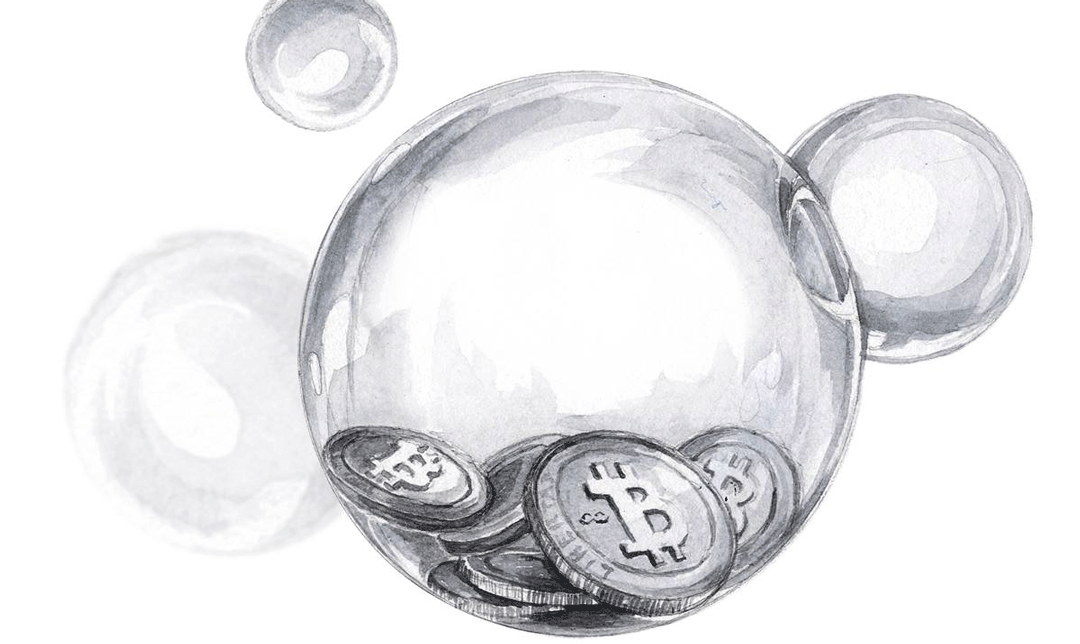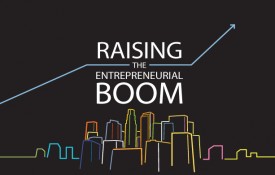Despite 2017’s headlines, news, and trends, 2017 should be looked back on as “The Year of Bitcoin.” You’re on notice, TIME.
Just how did software make the splash it did? As Thanksgiving approached, I noticed that many conversations skipped over the divisiveness of politics and the broken NFL and lingered on Bitcoin; specifically, “How can I buy some?”
Bitcoin is a cryptocurrency, a concept that has inspired millions to abandon cash in favor of virtual coins. In my humble opinion, it is the most important financial innovation since paper money was conceived. So how did we get there?
In 2009, Satoshi Nakamoto introduced Bitcoin as a counter reaction to the 2007 financial crisis. His thesis: financial markets are corrupt and manipulated. His concept was strange and mostly ignored, except from a small community of computer scientists interested in cypher technologies – known as encryption.
It’s worth pausing now to explain that Bitcoin does not physically exist. It is simply software that – on its own – has no value, like a search engine with no websites to crawl. The value arose (and still does arise) when someone installs software on their computer, becoming a node – a single distributor in an interconnected system of distributors. The reward for installing and running this software? Bitcoin. Though the value of Bitcoin was unclear in the beginning, its value grew with the distribution network.
The other key innovation was the creation of the blockchain – a permanent recording of every Bitcoin transaction ever made. Think of the blockchain as a ledger that cannot be erased, modified, or hacked.
Eight years after Nakamoto introduced Bitcoin, tens of thousands of miners – those who own the servers running the Bitcoin software – have collectively created the blockchain, recording every single bitcoin transaction that has ever been created. Since running the software on this network earns the miner Bitcoin, they are incentivized to simply never stop. On the other hand, any attempt to hack this vast network is foolish to say the least. The cost you would incur trying to convince thousands of servers to “cheat” is not worth it. You’re better off just being honest.
Speaking of honesty, the financial industry is all about trust, going so far as to reject its bad apples (Bernie Madoff). The problem, though, is that trust can be broken and investors can lose money. The flaws of the financial industry were not lost on these crypto anarchists who want to change the world for the better.
As I am writing this article, a single Bitcoin is valued at more than $17,000, representing close to $300B in market capitalization. $300B for something that, ultimately, is just software being operated simultaneously by tens of thousands of computers – crazy. On the other hand, perhaps this is the new financial order.
Take a small business owner in need of capital. They are in a bind. A bank will not lend without hard assets as a collateral and venture capitalists are only looking to invest in a certain “class” of people. So, what does our hypothetical business owner do? Look to the ICO, I say.
With the invention of cryptocurrency came the arrival of ICOs – Initial Coin Offerings. This acronym, which purposely sounds a lot like IPO, simply asks the cryptocurrency crowd to invest their Bitcoin in exchange for a brand new crypto coin – sometimes called a token. In 2017, ICOs raised close to $3.5B.
As we roll into 2018 with disruption ever at the forefront, one thing is certain. Today’s investors are faced with two tough choices – invest the traditional way (and deal with mistrust, corruption, etc.) or invest in the new wave of currency, cryptocurrency. Whichever they choose and whichever you choose, the digital and financial revolution is upon us.













































